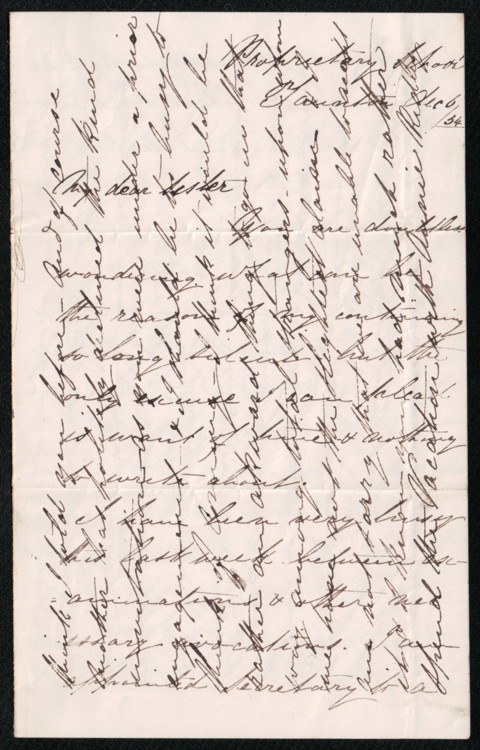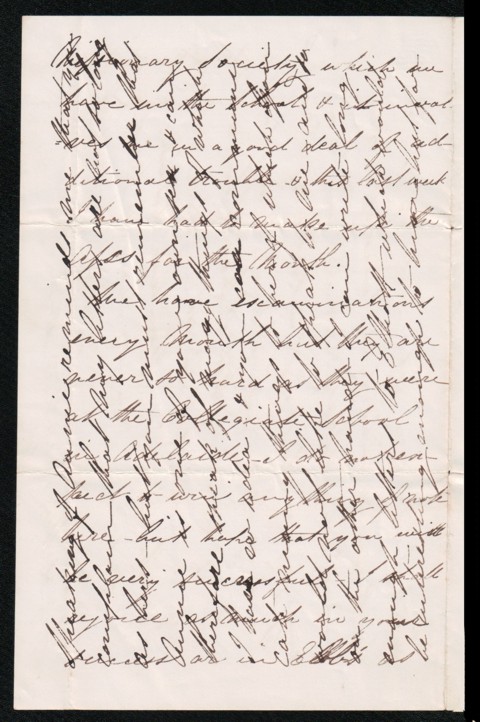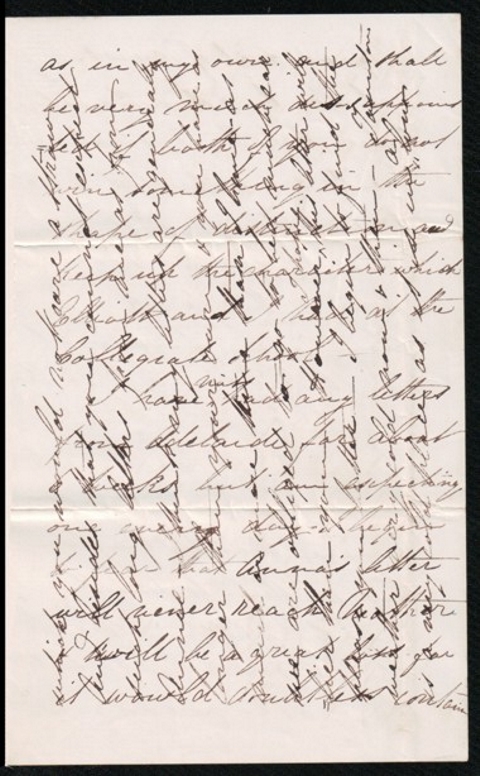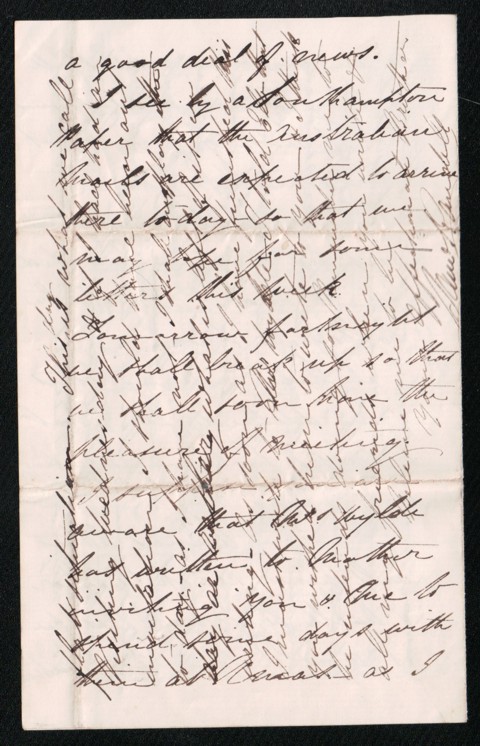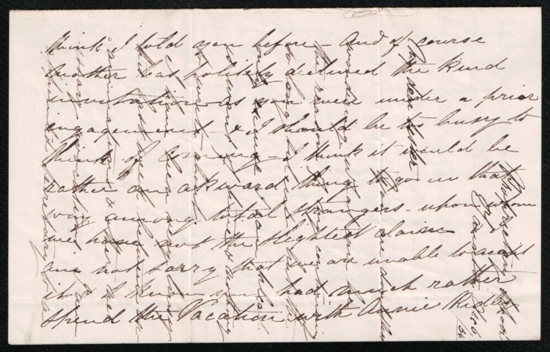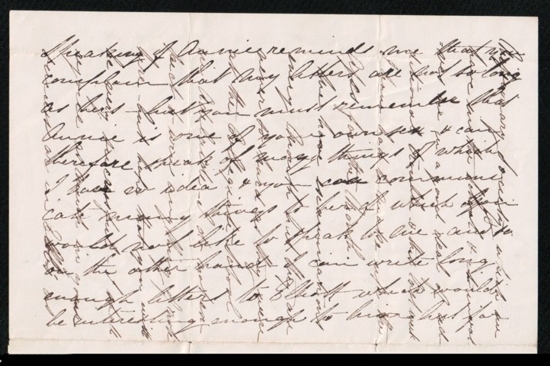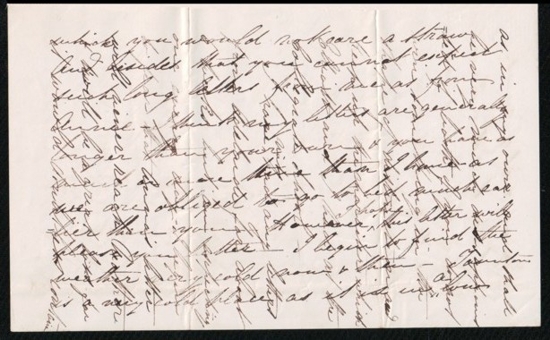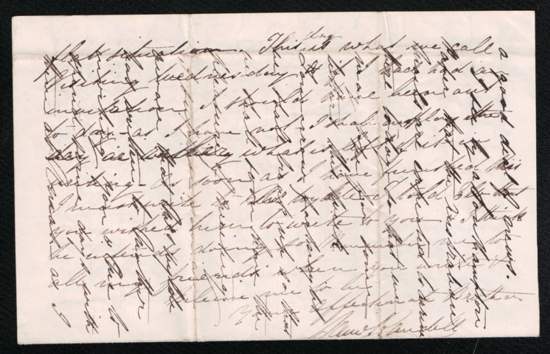Record History as it Happens
With COVID-19 changing the world we live in, we are in a time of ‘history happening now’.
I’m sure you’ve seen the suggestions about keeping a diary to record life and times of our ‘present normal’, and that is certainly a great idea. I mean low petrol prices, lack of toilet paper, only going out for necessities, closed restaurants, closed schools, closed gyms, closed entertainment venues, Anzac Day services around the country cancelled, all sporting events cancelled, even the Tokyo 2020 Olympics. Then of course all the genealogy and history societies have been temporarily as well, with a number of them no embracing online seminars instead. But also don’t forget about self isolating and social distancing. I’m sure your kids or grandkids would love to read your thoughts on how you survived being cooped up at home for weeks. Maybe you got hooked on jigsaw puzzles, or decided to master making bread, or created your own vegie garden for the first time ever, or the family drove you crazy??!
The list could go on.
But I also know not everyone is a diary writer … so there are ways other than writing, that you can record and share “history as it happens” as well.
So here I’m letting you know about a number of organisations that are wanting to “record history as it happens” but they need your input to do so. They are collecting your photographs, memories, and ephemera (some physical, some digital), all which will help document this incredible once-in-a-lifetime event that we’re currently living in.
Canberra: National Library of Australia
The National Library of Australia has been busy collecting web-based ephemera relating to COVID-19, by taking snapshots of websites and archiving them. You can view their collection here.
Canberra: National Museum of Australia
The national Museum of Australia is inviting all Australians to share their experiences, stories, reflections and images of the COVD-19 pandemic to record it as it happens. Through the Facebook group “Bridging the Distance – Sharing our COVID-19 Pandemic Experiences” the National Museum of Australia is collecting stories, objects, images and videos to “explore and mark this time in a joint effort with you to help make sense of what is happening around us and to connect us all socially and emotionally, while we are physically distant”.
New South Wales: State Library of New South Wales
The State Library of New South Wales is requesting that you don’t throw out any brochures, posters, signs etc. that relate to COVID-19, as they would like them for their collection. Their announcement is as follows … “We are collecting posters, flyers and mail-outs appearing in our local neighbourhoods in response to the COVID-19 pandemic. While many people will eventually discard this material, it provides invaluable information about this significant event impacting our community and nation. The State Library collects this ephemeral material, as well as online content including websites, digital ephemera and social media posts, to help tell our stories to future generations.”
Queensland: Cairns Museum and Cairns Historical Society
How will future generations know what the coronavirus (COVID-19) crisis meant for Cairns? The Cairns Museum is hoping to answer that question by drawing on the community to help collate, document and share their experiences in real time. Suzanne Gibson, manager of Cairns Museum, said documenting first-hand accounts allowed the Cairns Museum and Cairns Historical Society to build a collection that would help future generations understand the experiences and impacts of the coronavirus in Cairns. The project is seeking to capture a wide cross-section of local people, ages and backgrounds. “We need help for this – this is a community collecting project in real time to gather an intangible personal record of the virus and its impacts on the personal lives of local people. Would you be willing to share your experience in a video diary of your or your family’s COVID experience? Are you currently keeping one? We are also looking for objects, images, ephemera and multimedia generated by this period of personal and professional lockdown.” For more information click here.
Queensland: State Library of Queensland
The State Library of Queensland, are creating a digital collection of COVID-19 related records. They ask “Has your local pizza place emailed you about what they’re doing to stop the transmission of coronavirus? Has your gym closed temporarily? Has your church or soccer team contacted you about COVID-19? The State Library of Queensland is collecting any COVID-19-related emails you may have received from local businesses or community groups. These emails are digital ephemera that capture a slice of the pandemic experience. If you have received emails like this, please forward them to digitalresources@slq.qld.gov.au so we can preserve them to document community responses to COVID-19.” They just ask when forwarding to SLQ can you please put ‘COVID-19 Collection’ in the subject heading. You can read more about that here.
South Australia: State Library of South Australia
The State Library of South Australia have created a new Facebook page titled “Remember my story – Covid-19“. They write … “Years from now we’ll look back and want to know how the COVID-19 pandemic impacted our state, our communities and our families. Make your voice part of our archive by joining the Facebook page and sharing your story”.
South Australia: Tea Tree Gully Library
For those who live in the Tea Tree Gully area, the local library is aiming to collect and preserve the moments of history during this time. If you have any posters, flyers, mail-outs or photographs relating to the Tea Tree Gully area during the lockdown we would love to have them. They are also want to know how you’re going, and ask you to tell them how you’re feeling and what you’re doing so they can record it for their history records. It can be anonymous, or you can choose to include your name to go down in history – whichever you prefer! You can find a link to their questionnaire here.
Tasmania: Tasmanian Archives & Tasmanian Museum and Art Gallery
The Tasmanian Archives (a part of Libraries Tasmania), and Tasmanian Museum and Art Gallery (TMAG), are partnering to collect Tasmanians’ experiences of the COVID-19 pandemic. We are reaching out across Tasmania to collect photographs, writing and a variety of objects that document the community’s experience of COVID-19. Your contributions will help capture this moment to help future generations understand the Tasmanian experience of the pandemic. You can read more about it here.
Victoria: State Library of Victoria
The State Library of Victoria has created “Memory Bank” to document this time. They describe it as “… a long-term collecting project that invites you to share your everyday observations of pivotal moments in time. Extraordinary moments, and ordinary ones too, can easily be lost in the day’s blur or forgotten in a week’s time. So each week we are going to invite you, our citizen collectors, to undertake a specific task or respond to a prompt. We’re calling on all Victorians to join us as we inaugurate the Memory Bank to archive what everyday life in Victoria is actually like now, during this time of collective isolation. Daily life is different for each of us during this period of restrictions and physical isolation, and we’re intensely curious about what this moment looks like for you.” For more details about SLV’s memory Bank, click here.
Western Australia: State Library of Western Australia
The WA State Library is seeking material relating to the COVID-19 pandemic to add to their collection. These items are things that reflect the social response to COVID-19 and the changes to services and the community in Western Australia. If you have taken any photographs or have other material such as flyers, leaflets, community notices, stickers or posters that you would like to offer to SLWA, please get in touch with them by email collection.development@slwa.wa.gov.au or phone (08) 9427 3111.
New Zealand: Auckland Museum
Across the ditch, Auckland Museum has put the call out for objects and ephemera “that reflect the various ways this pandemic has impacted and changed the lives of Aucklanders. We are interested in objects, photographs and documents that reflect: life in lockdown; how we are connecting and creating community while in a state of quarantine; issues we are debating; personal protective equipment and how we are protecting ourselves; creativity while in lockdown. For more on this, click here.
——————-
So help create a little history by recording your thoughts, memories of our current times as we live through this pandemic. Or take photos of your local area, the signs in shops, the empty streets, or save COVID-19 ephemera and pass it on to the local archives.
Stay inside, and stay safe.
Homeopathy and the Treasures Between the Pages!
Homeopathy: “The study of natural therapy which stimulates the body’s immune system to restore health”. It was something that my great grandpa, J.B. Randell taught himself.
Ever looked through an old book and found something slotted in the pages in between? I have. Regularly. I’ve mentioned before that my mum’s side of the family weren’t one’s to throw things out. Putting it nicely “hoarders”, and for that I’m eternally grateful, as it has meant that we have SO MANY family heirlooms dating back generations, it’s truly amazing.
One thing that seems to have been a ‘thing’ that’s been passed down through the generations of Randell’s, was the habit of putting things in the middle of books. I’ve always known my grandma to do that, and have often discovered random newspaper cuttings, birthday cards, flattened Easter egg wrappers and more in the pages of books of hers. Now this book of her fathers, John Beavis “JB” Randell (to my surprise) has even more bits filed in between the pages.
I found a total of 25 items in amongst the pages of the book, and I have scanned each one of them, and that’s what I wanted to share with you today. Some are interesting, others not. But from there there are clues which could lead to further research …
[espro-slider id=9875]
As you will see there’s a collection of all sorts, from receipts, to newspaper cuttings, to bible verses, envelopes, hair, leaves, a bookmark and other printed items. I’ve noted them below, as the caption on the slider was so tiny it wasn’t readable.
1. Gumeracha Town Hall Concert, 9 August 1924
2. Receipt from Norsworthy’s store, Gumeracha, dated 9 September 1924
3. Dried leaves
4. Hair or fur
5. More dried leaves
6. front of homeopathic remedies brochure
7. advert for Nurse Grace’s ointment
8. Receipt of the sale of rabbit skins by Restyn Randell, dated 2 May 1922
9a. Front of bible verse card for Restyn Randell
9b. Back of bible verse card for Restyn Randell
10. advert for Dr Ricords Interesting Book for Men
11. “Forget Me Not” bookmark
12. Coats crochet cotton wrapper
13a. Front of Pulteney Street parking station ticket
13b. Back of Pulteney Street parking station ticket
14. British and Foreign Bible Society, Gumeracha, 15 September 1918
15. Journal of Department of Agricultre, Victoria addressed to J.B. Randell
16. Good citizenship leaftet, dated 11 February 1925
17. Envelope addressed to J.B. Randell, Kenton Park, Gumeracha
18. Birks Pharmacy letter
19. Handwritten notes
20. Postage paid envelope
21. ‘By Grace Ye Are Saved’ card
22. Readers Digest letter to D.A. Randell
23. Tag with list written on it
24a. front of Fruitgrowers Association of Gumeracha envelope
24b. back of Fruitegrowers Association of Gumeracha envelope
25. Receipt from Norsworthy’s Store, Gumeracha, for J.B. Randell dated November 1942
Now excuse me while I head off to the bookshelf, and start paging through more old books, to see what else I can find.
Cross Writing – What Is It and How Do You Read It?
I’ve come across a number of articles recently that talk about the younger generation and how they can’t read cursive writing since it is no longer taught at school, and as a result they are going to find reading historical documents very hard. I would say that is a very valid point, though I’m not sure what the answer to that is.
But it got me thinking that if they find straight cursive writing hard to read, what would they think of cross writing?
In case you’re not familiar with the term cross writing (also sometimes called crossed letters), this was a common practice back in the 1800s where you would write a letter – using not only the front and back of the paper, but also by turning the paper sideways, and continue to write. It was a way to save paper and postage costs.
The Wikipedia entry states …
A crossed letter is a manuscript letter which contains two separate sets of writing, one written over the other at right-angles. This was done during the early days of the postal system in the 19th century to save on expensive postage charges, as well as to save paper. The technique is also called cross-hatching.
The letter below is one that my family is fortunate to have, and is written by Samuel Randell (one of William Beavis Randell’s sons) to one of his sisters. Born in England, but having spent most of his life growing up in South Australia, Samuel was about 20 years old when he ventured back to the other side of the world, and found himself in Devon, England. While I don’t specifically know why he went back, based on the letter it sounds like it could be to further his education.
I’m not going include the transcript of the letter for you here, as this post isn’t about the content of the letter, but rather the style. It was really just to give you an introduction as to what Cross Writing was, and how it looks … AND how to read it.
Have you seen any cross written letters in your family ephemera?
‘Tis the Season for Christmas Cards
In going through old family ephemera I found this beautiful old Christmas card … and as it’s almost Christmas I’d share it now.
There’s no santa, no reindeer, no snowman, no tree or even ornaments on this card. It is simple and yet very elegant. And I know I’m right in saying “they sure don’t make ’em like they used to”.
This Christmas card (postcard) was sent to my great great grandma Phebe Randell (nee Robbins), at ‘Salem Glen’, Gumeracha

